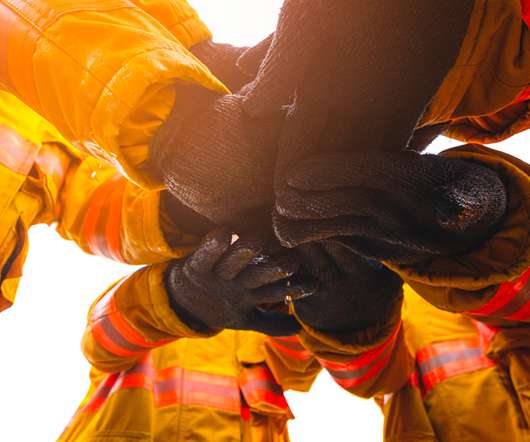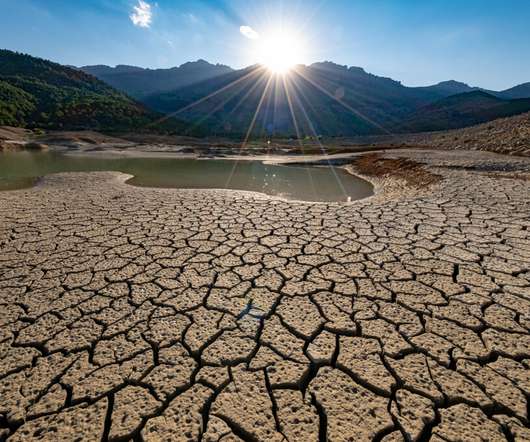7 Best Practices for Emergency Managers
everbridge
AUGUST 31, 2022
By recognizing that hazards, including severe weather events, are unpredictable and cannot be completely prevented, emergency managers can instead focus their efforts on promoting a resilient organization. Preparing for hazards can involve planning and training with departments, jurisdictions, agencies, and community members.












Let's personalize your content